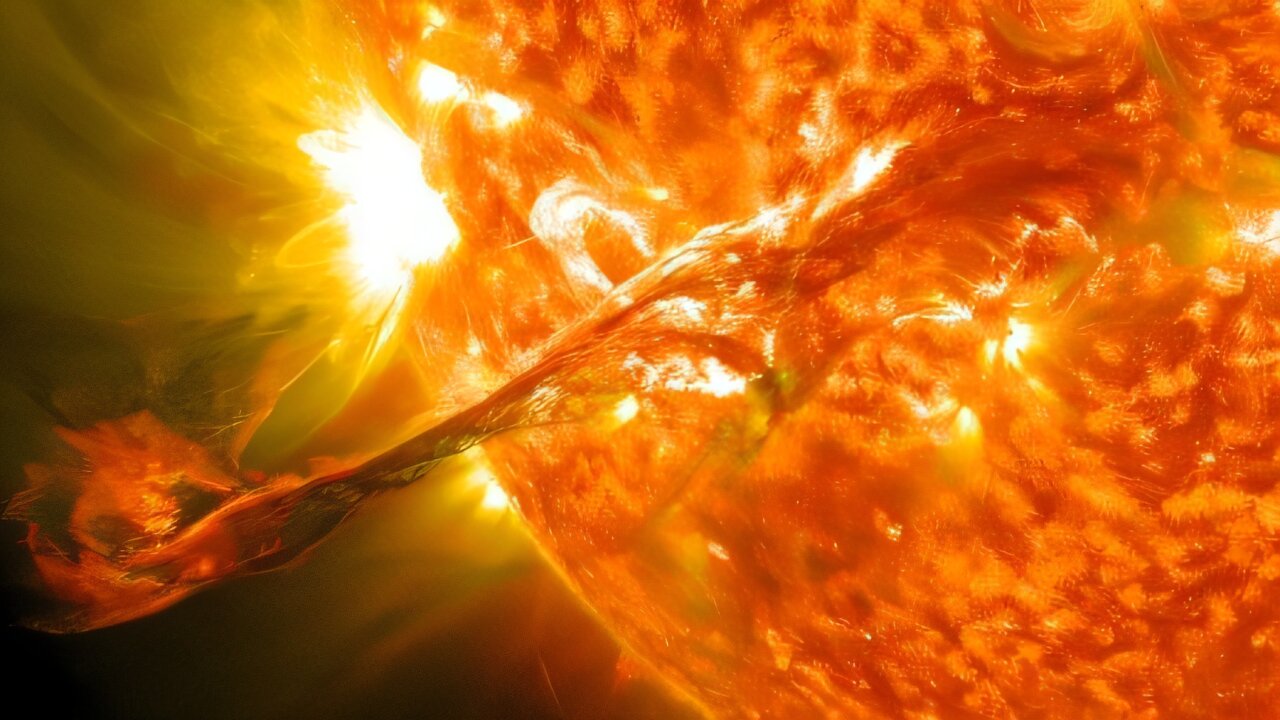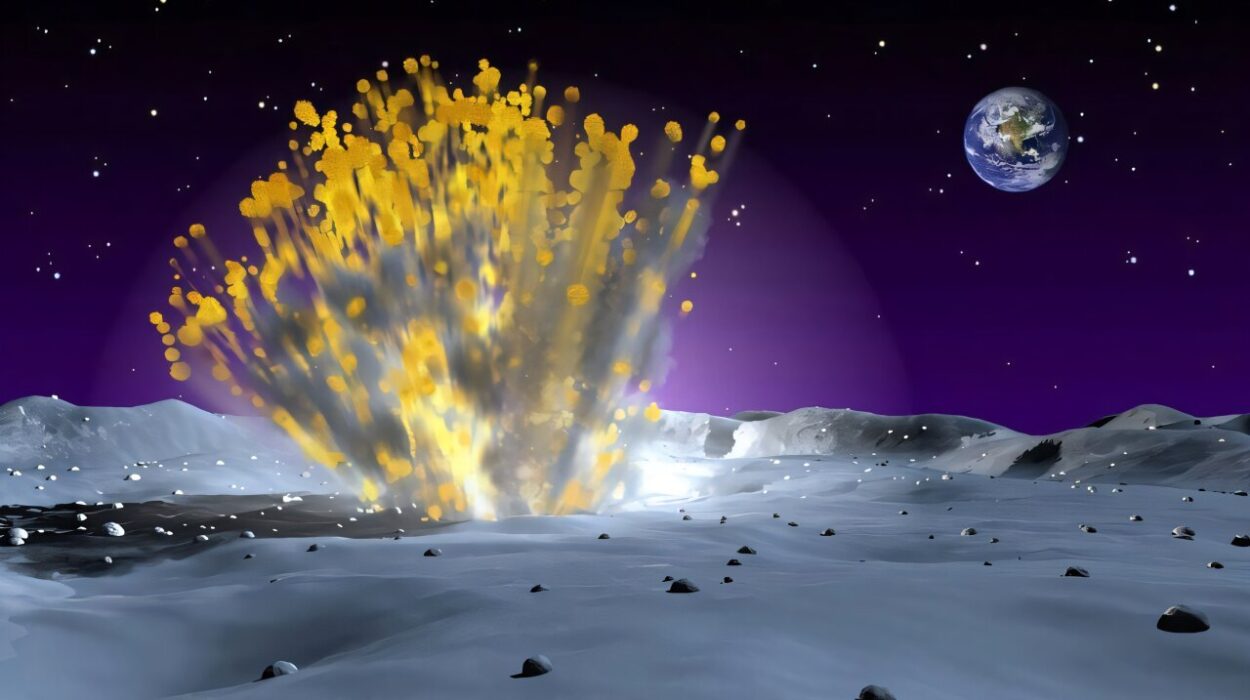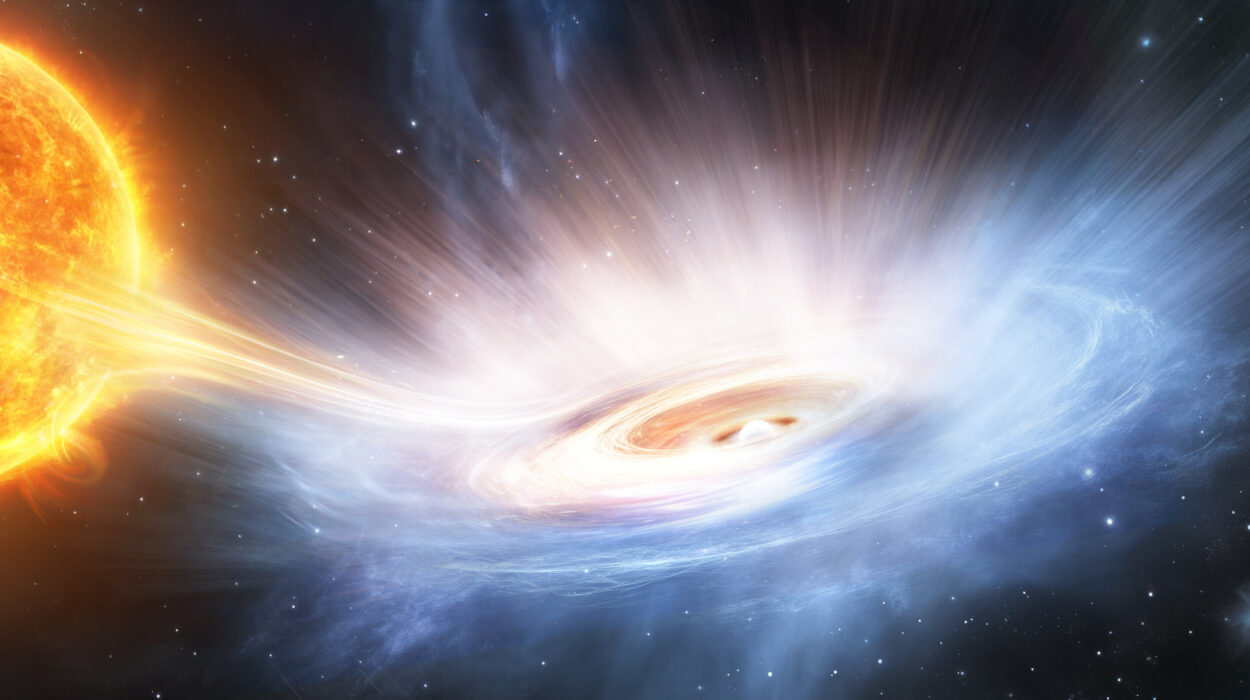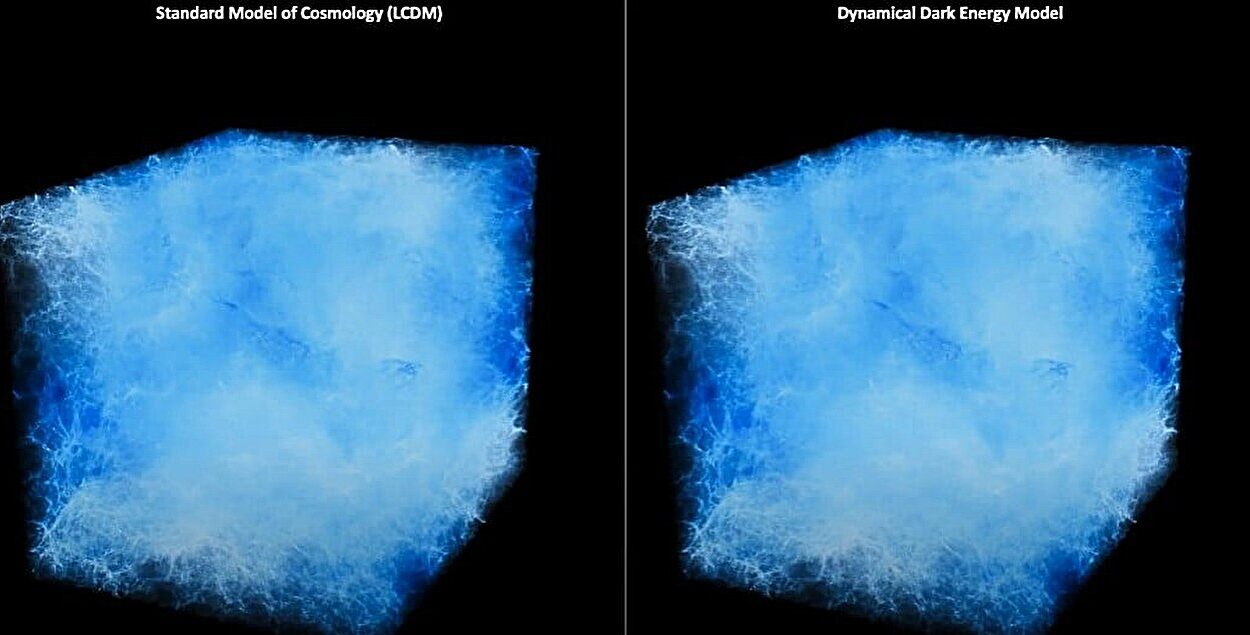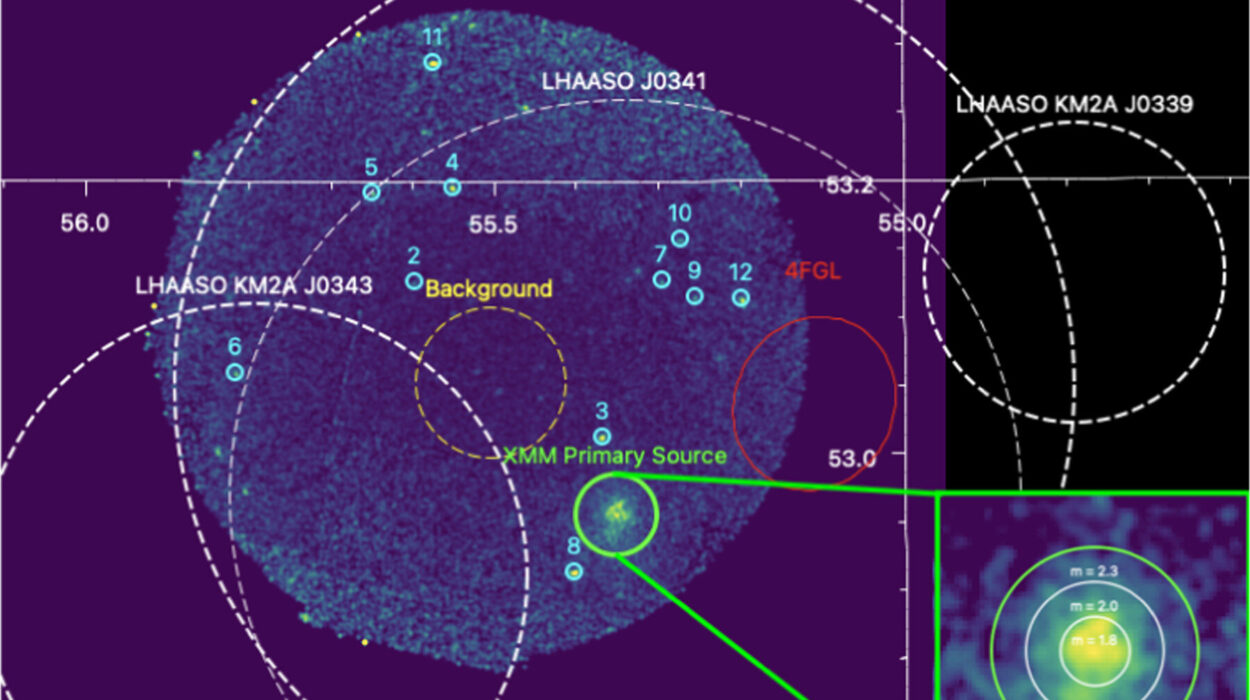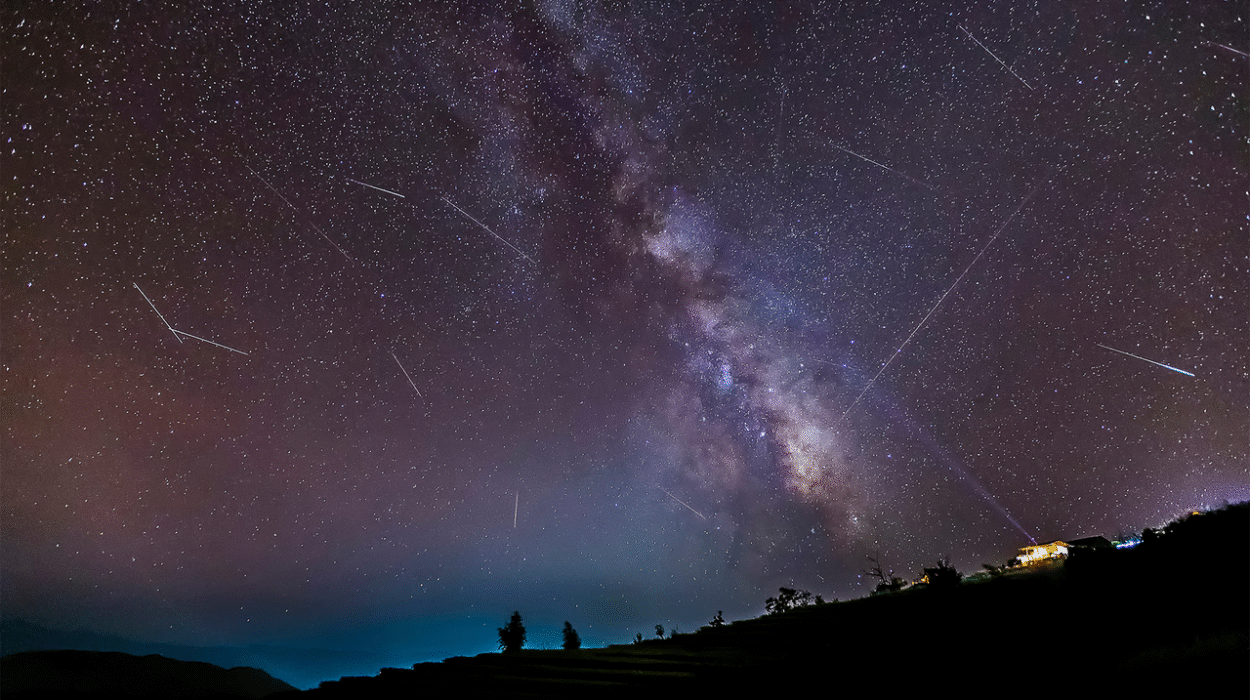For centuries, the mysteries of the sun have fascinated humanity. We’ve admired its brilliance, feared its power, and relied on its light as the foundation of life itself. But what if the sun’s activity reaches us in ways we barely understand—not just through warmth and light, but through unseen magnetic forces that ripple through our bodies? A recent article published in Communications Medicine suggests exactly that, pointing to a surprising and unsettling correlation: disturbances in Earth’s magnetic field caused by solar storms may be linked to an increased frequency of heart attacks, especially among women.
The study, conducted in Brazil, opens a new and intriguing chapter in the story of how cosmic forces may interact with human health. It does not claim to provide definitive answers, but it highlights a connection that feels both unexpected and strangely intimate: the rhythm of the heart may, in some circumstances, echo the rhythm of the sun.
The Study in Brazil
The research analyzed hospital data from São José dos Campos, a city in the state of São Paulo, covering the years 1998 to 2005—a period marked by intense solar activity. During this time, hospital admissions for myocardial infarction, or heart attacks, were examined in detail: 871 cases among men and 469 among women.
To compare these health outcomes with natural phenomena, the team used the Kp-Index, a planetary indicator that measures fluctuations in Earth’s geomagnetic field. Each day was classified as calm, moderate, or disturbed, depending on solar and geomagnetic conditions.
As expected, the overall number of heart attacks was higher in men, nearly double that of women, reflecting known global trends. But when the researchers shifted their focus from absolute numbers to relative frequency, something striking appeared. Among women, particularly those aged 31 to 60, heart attack rates during geomagnetic disturbances were up to three times higher than during calm periods.
This suggested that, while men still suffered more heart attacks overall, women’s cardiovascular health seemed more sensitive to the shifting magnetism of the planet itself.
How Solar Storms Disturb Earth
To understand this, we must look outward to the sun. The sun is not a calm star; it is restless, dynamic, and explosive. From time to time, it ejects streams of charged particles into space, carried by the solar wind. When these solar winds collide with Earth’s protective magnetic field—the magnetosphere—they can cause turbulence known as geomagnetic disturbances.
Most of us know these events indirectly, when auroras shimmer across the skies at high latitudes. But the effects extend far beyond light shows. Satellites can malfunction, GPS signals can falter, and power grids can suffer blackouts. The invisible hand of solar storms reaches deep into our technological world.
Now, evidence is growing that this invisible hand may also brush against our biology. The geomagnetic disturbances ripple through the environment we inhabit, and in ways we still don’t fully grasp, they may interact with the electrical and chemical rhythms inside our bodies.
The Vulnerability of the Heart
The human heart is not only a muscle; it is also an electrical organ. Each beat is triggered by precisely timed electrical impulses, a dance of ions across cell membranes. This makes it plausible—though still speculative—that external magnetic disturbances could subtly influence cardiac function.
Previous studies in the Northern Hemisphere, dating back to the late 1970s, had already suggested possible links between geomagnetic activity and cardiovascular health. Researchers proposed mechanisms involving fluctuations in blood pressure, changes in heart rate, or disruptions to circadian rhythms—the body’s internal clock that regulates sleep, hormone cycles, and metabolism.
The Brazilian study adds a new dimension: gender differences. Why might women be more susceptible? At this stage, the answer remains unknown. Hormonal differences, vascular biology, or even behavioral and social factors may play roles. But without more data, the question lingers as an open mystery.
Science, Caution, and Curiosity
Lead researcher Luiz Felipe Campos de Rezende, from Brazil’s National Institute for Space Research (INPE), is careful not to raise alarm. He emphasizes that this is an observational study conducted in a single city with a sample size that is not yet large enough for definitive medical conclusions. The results suggest a correlation, but not causation.
In science, such caution is crucial. Observations like these must be tested and replicated across larger populations, different regions, and varying solar cycles. Yet the findings are compelling enough to deserve attention. They point to the possibility that solar storms—once considered primarily an astronomical or technological concern—may also fall within the realm of public health.
Living Under a Restless Star
The sun follows cycles of activity, waxing and waning roughly every eleven years. During “solar maximum,” the peak of this cycle, solar flares and magnetic storms become more frequent and intense. Scientists expect that 2025 will be one such year of heightened solar activity, which makes the Brazilian study especially timely.
For now, predicting geomagnetic disturbances remains difficult. Even when predictions are made, the accuracy is often limited. Yet if future research confirms that these disturbances affect heart health, especially in vulnerable groups, monitoring solar activity might one day become part of preventive medicine. Imagine hospital systems issuing warnings during geomagnetic storms, the way they do now during heatwaves or extreme cold, so that those at risk could take precautions.
The Bigger Picture: Humans and the Cosmos
This story is more than just a medical curiosity—it is a reminder of our deep connection to the cosmos. For much of history, people viewed human beings as separate from the heavens, living on Earth while the stars and planets followed their own divine rules. But modern science has shown that the boundary between us and the universe is porous.
We are made of elements forged in stars. Our climate, seasons, and tides are orchestrated by cosmic movements. And now, evidence suggests that even the magnetic storms of the sun may leave subtle fingerprints on our hearts.
It is both humbling and awe-inspiring. The cosmos is not a distant theater—it is our environment. The forces that move planets also ripple through our veins.
What Comes Next
Rezende and his team stress that more research is needed. Future studies should expand to multiple regions, larger sample sizes, and more diverse populations. Scientists will need to investigate the biological mechanisms that could explain why geomagnetic disturbances might influence heart attacks—and why women appear more affected.
The field is young, speculative, and full of unanswered questions. But it has the potential to open new horizons where medicine and space science meet. Understanding these links could help us protect vulnerable people during periods of high solar activity, and it may also deepen our appreciation of how profoundly we are connected to the natural forces of the universe.
A Universe That Beats With Us
At first glance, it seems almost poetic to suggest that the activity of the sun could affect the activity of the heart. Yet poetry often brushes close to truth. If the findings from São José dos Campos are confirmed, then the sun and our bodies are more intimately linked than we imagined—not only through the warmth that sustains us, but through the magnetic storms that may, in subtle ways, unsettle us.
The research does not claim certainty. It is an invitation—to other scientists, to physicians, and to the public—to look more closely at the ties that bind us to the cosmos. It is a reminder that science often begins with a surprising correlation, a flicker of connection between phenomena once thought separate.
We are, after all, beings of Earth, living under a star. And sometimes, when the sun erupts, its echoes may be felt not just in the skies, but in the quiet beating of our hearts.
More information: Luiz Felipe C. Rezende et al, Influence of geomagnetic disturbances on myocardial infarctions in women and men from Brazil, Communications Medicine (2025). DOI: 10.1038/s43856-025-00887-7
